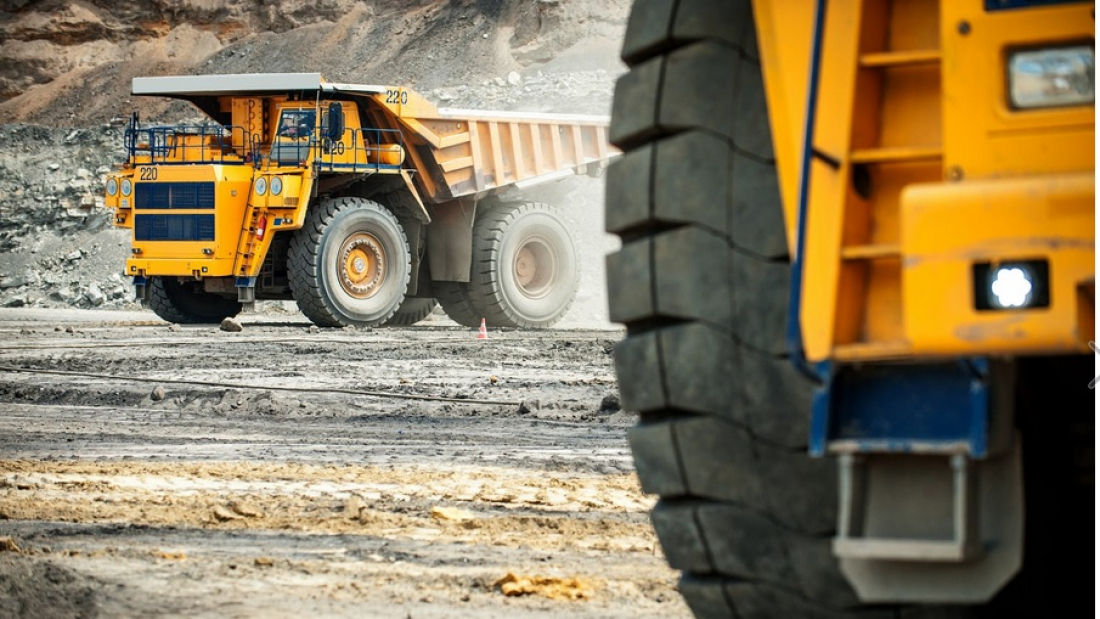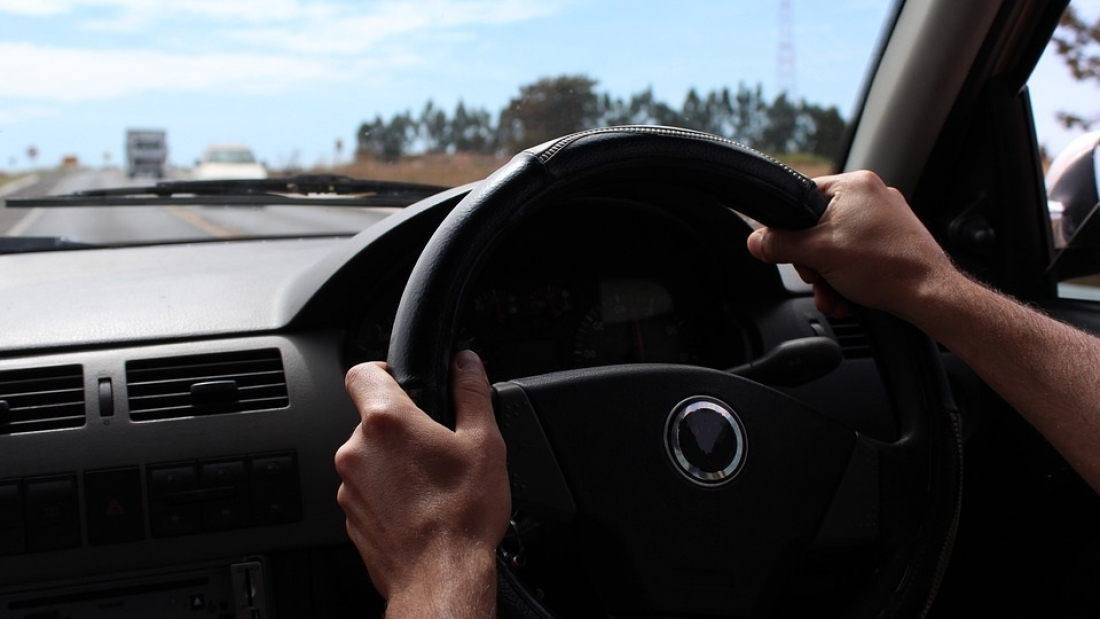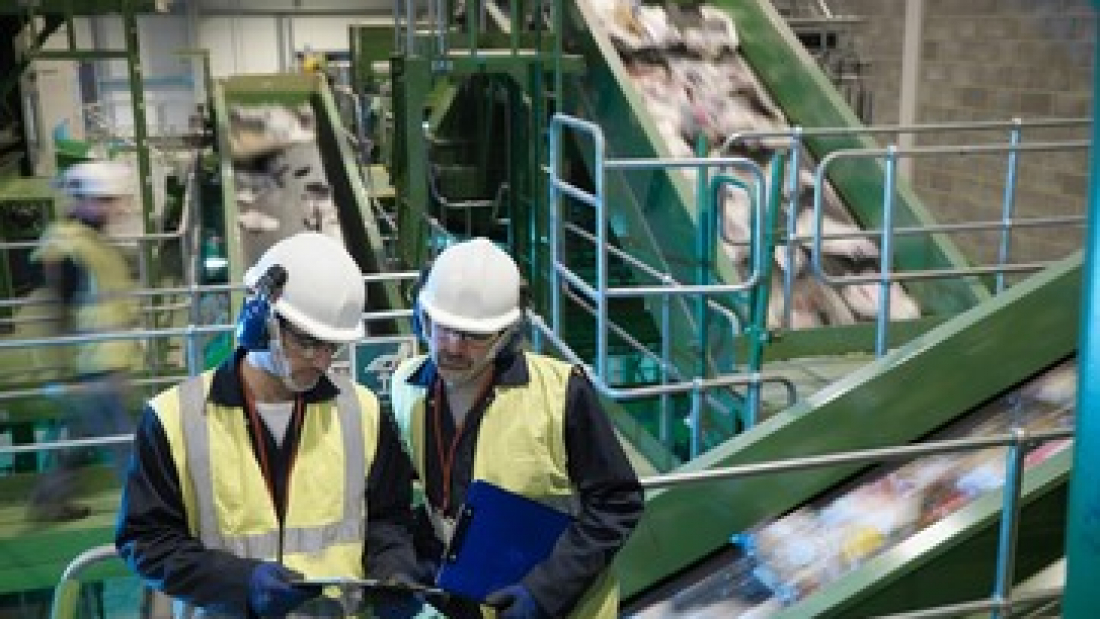Mine Worker’s Accident Result of Driver Fatigue
Background
At 6:00am on the 30th of October 2008, Harold Kerle finished his 4th straight 12-hour shift driving a dump truck at the Norwich Park coal mine. He was apparently in good spirits and looking forward to some time off but he quickly suffered from driver fatigue.
At approximately 6:30am he set off on his 430km drive home. After a couple of hundred kilometres he stopped for a half hour break at a truck stop. Then at approximately 10am, after traveling 300km, his car veered and collided with the concrete wall on a bridge he was crossing.
Mr Kerle suffered structural brain damage and remembers nothing of the incident.
Why did he crash his car? He was far too tired to be driving.
Who’s fault?
In a judgement handed down in the Supreme Court in Rockhampton on 16th December 2016, Justice Duncan McMeekin found mining company BHP Mitsubishi Alliance (BMA), contractor HMP and the labour hire company Axial did not do enough to reduce the risk of Mr Kerle being fatigued.
“Perhaps many people would be wary of attempting a five-hour drive after completing a fourth consecutive 12-hour night shift. But the statistics … support that this was commonplace among mine workers,” Justice Duncan McMeekin said, “The 2008 study showed that 81 per cent of mine workers drove alone in their cars after finishing their roster.”
The court awarded Mr Kerle, $1.25 million in damages.
What can be done?
The mine had provided permanent accommodation at the mine for workers to rest after a 12-hour shift and argued that Mr Kerle was partly responsible for managing his fatigue risk. However, based on the evidence presented, Justice Duncan McMeekin awarded the full claim, with no discount for contributory negligence by Mr Kerle.
Mr Kerle’s barrister argued his client may not have been aware of the extent of his fatigue.
According to expert witness, Prof. Drew Dawson, mining companies have fatigue management procedures but they are internal rules which don’t always take into account the latest research.
Justice McMeekin concluded that employers should educate workers about the risks of fatigue-related injury, should control shift lengths, and provide transport to and from the site.
He also concluded that people in companies that “…were involved in the decision to place men on night shift work… should have familiarised themselves with relevant safety issues”.
Need Assistance?
If you engage workers in shift work, for long shifts and/or to drive vehicles, you must consider the fatigue-related risk and put in place the required controls to ensure no one is hurt or killed. Such risk assessment and controls should be based on recognised research. OSHEM Solutions, WHS consultants, can conduct a review of your circumstance and provide an independent assessment, as well as professional advice on how to manage your risk, including our Driver Safety Program. Already had an incident? OSHEM Solutions can assist with incident investigation, as well as workers compensation and injury management.
Contact Us
Call OSHEM Solutions on 1300 657 279 or Contact Us by email.









